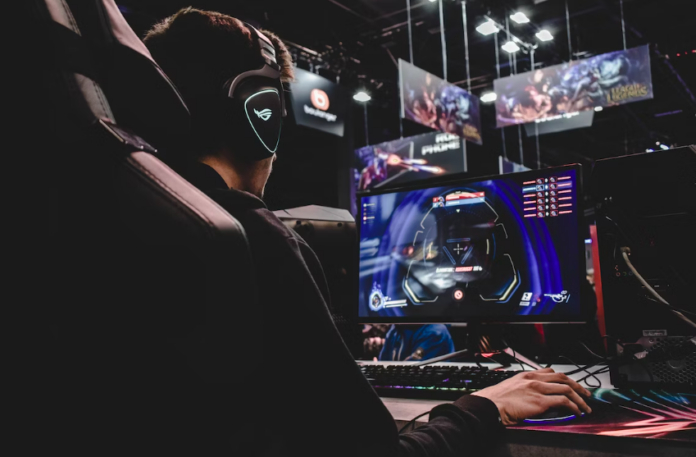Video games have become a mainstream form of entertainment in Asia. Recent data show that there are approximately 1.6 billion video game players, making it the largest gaming market in the world.
So, what’s making gaming popular in Asia?
Is it the advent of the 5G network, virtual reality, esports, and metaverse? Don’t keep guessing. We’ll take a look at the top technological trends impacting the gaming industry in Asia.
Let’s get started.
Contents
1. Esports
Asia was among the pioneer continents to accept esports as a legitimate career sport. It has live audiences, tournaments, leagues, sponsorships, and salaried players. This has attracted many professional gamers to compete in various leagues and tournaments with the intent of winning cash prizes.
Esports tournaments like League of Legends and Dota 2 attract a high number of professional gamers. And fans can also place bets on their favorite gamers, making esports more fun! You can take the experience to the next level by either stake in big events, or trying your luck on esports-themed slots.
All you need to do is to check out the expert online casino data on casinobonusca. This way, you’ll find the best online casinos with lucrative bonuses to play at for real money. Plus, you’ll get reliable guides on online casino rules and strategies to help you improve your winning chances.
2. Cloud Gaming
Since the advent of home video gaming in the 1970s, gamers have gone through a series of updating their gaming consoles or PCs to access and play the latest releases. But we could be coming to the end of that era, thanks to cloud gaming technology.
Video game service providers like Tencent, Microsoft, Nvidia, Nintendo, and Sony are now offering their games via cloud-based subscriptions. This eliminates the need for gamers to purchase high-end gaming consoles or PC GPUs.
Cloud gaming only requires gamers to have compatible devices like smart TVs, Chromecast, and FireTV. And with the spread of the 5G network, cloud gaming is poised to exceed the expectations of the gaming industry in the future.
3. The Metaverse
The Metaverse is another technology changing the gaming industry for the better. Data from the insights on the metaverse and the future of gaming indicate that 97% of executives believe the gaming industry is the focal point of the metaverse today.
With the metaverse, players are no longer confined to the walls of traditional gaming: they can compete in online games like Fortnite against each other in a virtual environment in real time.
What’s more interesting is that metaverse is built on an immersive system that allows gamers to connect and socialize with friends or experience entertainment like music concerts.
Since metaverse leans toward decentralized gaming, game developers are focusing on creating “play-to-earn” games. Gamers can earn real money or crypto coins when playing play-to-earn games like Sandbox and Etherbots.
The play-to-earn games are built on Web 3.0 technology which is powered by an immutable, secure, and transparent blockchain infrastructure. This means that players can purchase, sell, or transfer digital assets in games as non-fungible tokens (NFTs).
4. Virtual Reality (VR)
Virtual reality is a headset technology that gives players a full gaming immersive experience—playing in a 3D environment that mimics real life.
The VR technology combines augmented reality (AR) and mixed reality (MR) to create virtual elements that a gamer sees in the ‘real world’ when using VR headsets.
You can use a VR headset with your phone or gaming console to play games like auto racing and acrobatic flying on standalone devices, gaming consoles, or high-end gaming PCs. With VR headsets like the Meta Quest 2 becoming affordable, VR gaming is poised to grow in the future.
Technology is the Future of Gaming
It’s a no-brainer that technology is changing the gaming industry by creating a space of endless possibilities. From monetized esports to cloud gaming to immersive experiences, there’s more to expect from gaming technologies. Keep it locked here for updates in the gaming industry.












![Index of Money Heist [Season 1, 2, 3 & 4 – All Episodes, Cast and Plot] Index of Money Heist](https://www.asiamediajournal.com/wp-content/uploads/2021/05/Index-of-Money-Heist-3-100x70.jpg)